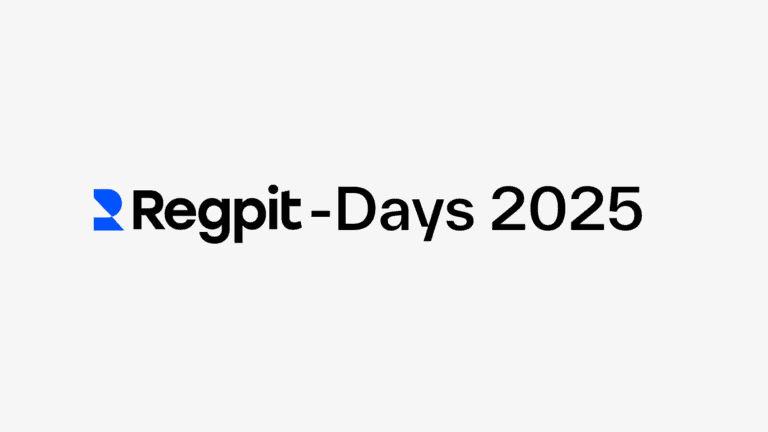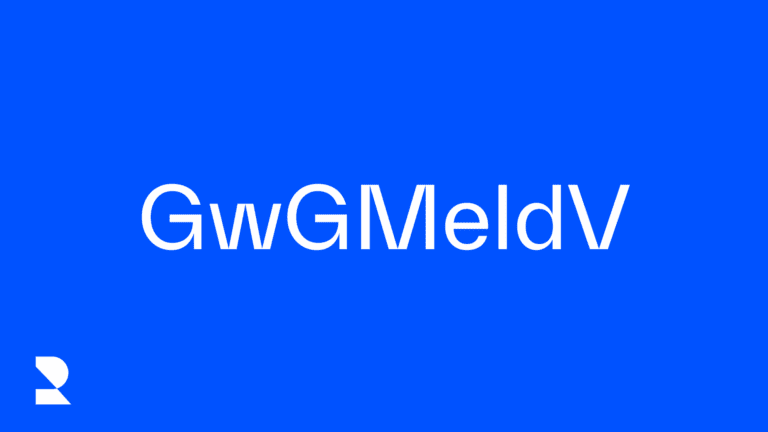3 Legal Amendments per Year
A lot has happened since the beginning. From its original 17 sections, the German Anti-Money Laundering Act (GwG) has grown to 59 sections and 2 annexes. The pace of legislative change has significantly accelerated: While there were hardly any amendments up to 2008, there were already 19 changes between 2008 and 2017, averaging almost 2 amendments per year. Since 2017, there have been 16 amendments, averaging nearly 3 amendments per year (!).
Over 1 Million Obliged Entities
Originally limited to a few stakeholders in the financial sector, the GwG now applies to a broad range of professionals – including real estate agents, lawyers, auditors, tax advisors, notaries, and even dealers in goods. A parliamentary inquiry (BT-Drs. 19/23662) revealed that the German government now estimates that more than 1 million companies in Germany may potentially fall under the scope of the GwG. Depending on the type of obliged entity, comprehensive duties may apply – such as implementing a risk management system, conducting customer due diligence (KYC), and establishing a system for suspicious activity reporting.
Growing Pressure and Heavy Fines
Obliged entities are facing increasing pressure to comply with the GwG. In 2022, the BaFin conducted 254 administrative offence proceedings and imposed fines totalling €3,782,000. Six special representatives were appointed at institutions. In the non-financial sector, fines rose from €285,748 in 2021 to €550,485 in 2022. In some cases, companies are publicly listed on the supervisory authorities’ websites for violating the GwG.
Towards Harmonised EU Standards
Looking ahead, the GwG will likely be shaped by a uniform European regulatory framework. In July 2021, the European Commission proposed a comprehensive EU Anti-Money Laundering Package. Negotiations with the European Council and Parliament are ongoing, with a final version expected soon. Once adopted, key aspects of the current German GwG will be governed directly by an EU regulation, establishing harmonised rules across all member states.



